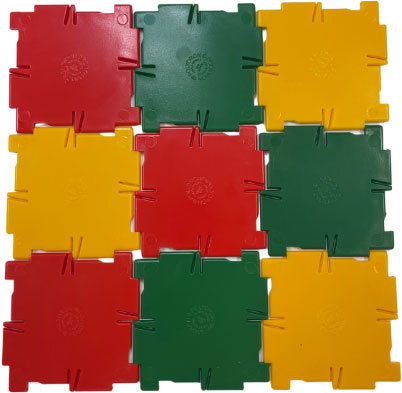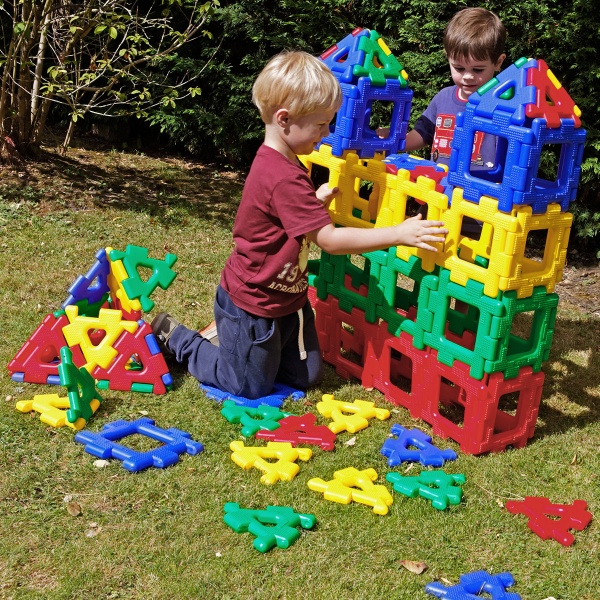How to Use Polydron Resources in Maths Problem Solving Activities
In recent light of Rishi Sunak asking all UK pupils to study maths until the age of eighteen, there is no better time to talk about how Polydron resources can be used in maths problem-solving activities!
When discussing ways to develop children’s maths skills, most people tend to lean more towards homework tasks instead of playful toys. However, mathematical toys are a perfect way for children of any age to develop problem solving skills. Not only does the use of toys in maths problem-solving activities provide a great developmental step for children, but it will also support them with STEM skills when they start school. Whilst children are using Polydron resources they won’t even realise they are learning maths! So, let’s take a look at how Polydron can be used as a maths resource throughout this blog.
"Maths toys for kids provide a myriad of benefits to child development including problem solving and creative thinking when facing a challenge."
Here are a few ideas of how you could use Polydron in mathematical problem-solving activities:
Original Polydron
Finding Patterns Game
This activity is perfect for practising how to work systematically, how to check solutions, and using trial and error.
What you need:
- Original Polydron Class Set
- 3 red square tiles, 3 yellow square tiles, 3 green square tiles
Instructions
The children are given three red squares, three yellow squares and three green squares. They have to put them together to create a flat 3 x 3 grid, making sure no two squares of the same colour are beside each other.

The children are then challenged to find all the different possibilities of how the squares can be organised without two squares of the same colour beside each other.
Why not also try this activity with our Translucent Solid Magnetic Polydron on a light table!
Finish the Sequence
This problem-solving activity is a great tool for developing children’s ability to concentrate and pay attention to detail.What you need:
Instructions
Create a pattern of any length out of Polydron 2D shapes, children are then challenged to find what shape is missing from the sequence.

Why not try with colour? What is the missing colour in this sequence?

This sequence game is perfect for developing children’s problem-solving skills and is so simple to create with our Original Polydron sets. Maths doesn’t always have to be countless homework worksheets. There are endless patterns and sequences to make so why not give it a try!
Giant Polydron

Open-Ended Play
What you need:
Instructions
Many of our Polydron products are the perfect resource for open-ended play. It is important to recognise that sometimes the best form of learning comes from everyday lessons. Open-ended play is a natural and fun way for children to practise problem solving activities independently. Our Giant Polydron and XL Polydron Sets are excellent for imaginative play. So, why not provide a mixture of Polydron resources, then step back and let the learning happen!